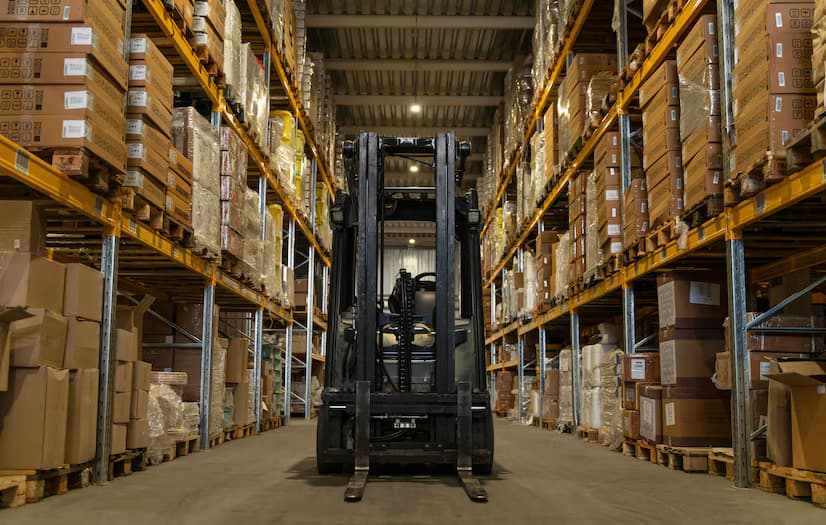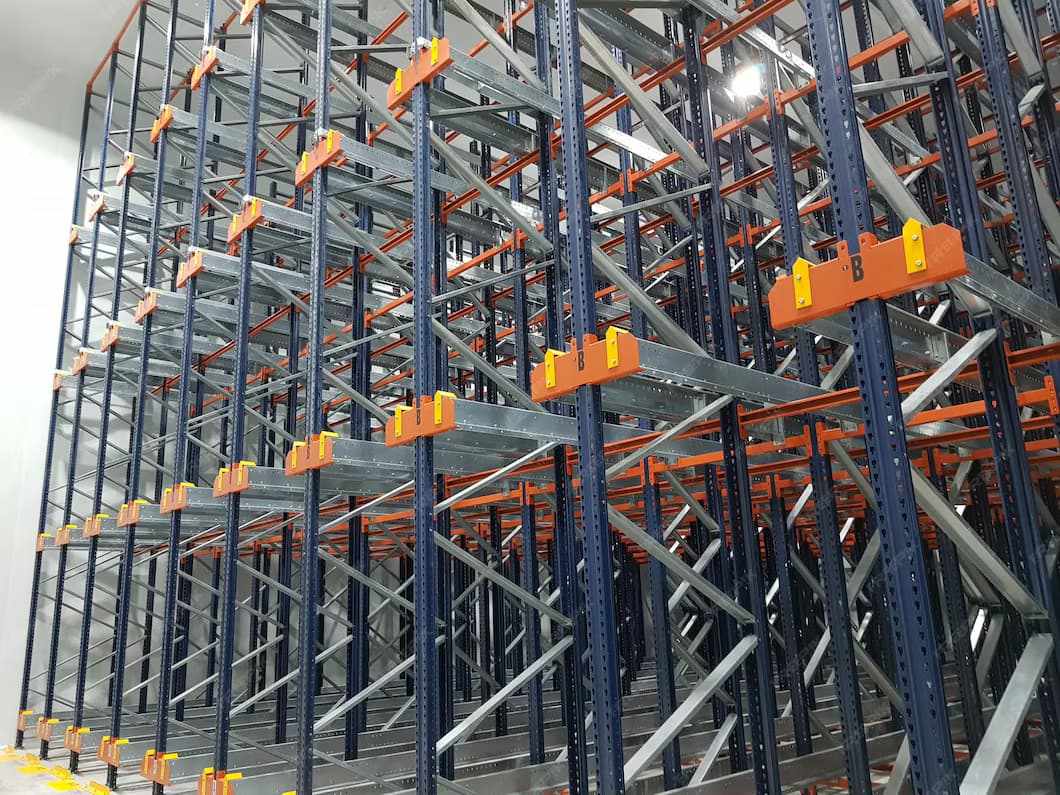
In the world of logistics and supply chain management, efficiency and space optimization are paramount. As businesses grow and evolve, the demand for effective storage solutions becomes increasingly critical. One innovative solution that has gained popularity in busy facilities is the installation of warehouse mezzanine floors. These elevated platforms not only maximize vertical space but also enhance operational efficiency, making them an ideal choice for warehouses and distribution centers. This article delves into the best warehouse mezzanine floor solutions available, exploring their benefits, design considerations, and how they can transform busy facilities into streamlined operations.
Understanding Warehouse Mezzanine Floors
A warehouse mezzanine floor is an intermediate level built between the main floors of a warehouse, designed to create additional usable space. These platforms can be used for various purposes, including storage, office space, equipment placement, and even assembly areas. The versatility of mezzanine floors allows businesses to tailor their layout according to specific operational needs, making them a valuable asset for busy facilities.
One of the primary advantages of mezzanine floors is their ability to utilize vertical space effectively. Rather than expanding horizontally, which can be costly and time-consuming, businesses can install a mezzanine to create additional storage or operational areas without the need for extensive renovations. This solution is particularly beneficial for warehouses that experience fluctuating inventory levels or changing operational requirements.
Benefits of Warehouse Mezzanine Floors
1. Enhanced Space Utilization
One of the most significant benefits of installing a warehouse mezzanine floor is the enhanced utilization of available space. In many cases, warehouses have unused vertical space that can be converted into profitable storage or operational areas. By adding a mezzanine, businesses can effectively double or even triple their usable floor space without the need for a costly expansion.
This increased space can be utilized for a variety of functions, such as additional storage for inventory, creating dedicated areas for specific operations, or setting up offices for administrative tasks. The flexibility of mezzanine floors allows businesses to adapt to changing demands, ensuring that they can efficiently manage their operations as they grow.
2. Cost-Effective Solution
Expanding a warehouse can be an expensive and time-consuming process, often requiring significant investment in construction, permits, and potential disruptions to ongoing operations. In contrast, installing a warehouse mezzanine floor is typically a more cost-effective solution. With minimal construction required, businesses can install a mezzanine quickly, allowing them to maintain their operations while enhancing their storage capabilities.
Additionally, the investment in a mezzanine floor can lead to increased productivity and efficiency. By providing additional space for storage, businesses can streamline their workflows and reduce the time spent on inventory management. This improved efficiency can translate into cost savings over time, making mezzanine floors a smart investment for busy facilities.
3. Flexibility and Customization
One of the key advantages of warehouse mezzanine floors is their flexibility and customization options. Businesses can tailor their mezzanine design to meet specific operational needs, whether that involves adjusting the height, layout, or incorporating specialized features such as integrated shelving or loading docks.
This adaptability is particularly beneficial for warehouses that experience fluctuations in inventory levels or operational requirements. As businesses grow or change, mezzanine floors can be easily reconfigured to accommodate new functions without the need for extensive renovations. This level of customization ensures that businesses can respond to evolving demands in a cost-effective manner.
4. Improved Organization and Workflow
A well-designed mezzanine can significantly enhance organization within a warehouse. By providing designated areas for specific functions, mezzanine floors help streamline operations and reduce clutter. For example, implementing a mezzanine for storage can free up valuable ground space for high-traffic areas, allowing for smoother workflows and improved accessibility.
Additionally, by creating a structured layout with clearly defined zones, businesses can improve safety and reduce the risk of accidents. Employees can navigate the facility more efficiently, knowing exactly where to find items or perform tasks. This organization not only boosts productivity but also contributes to a safer working environment.
5. Enhanced Employee Experience
An often-overlooked benefit of warehouse mezzanine floors is their positive impact on employee experience. By creating additional workspaces, businesses can provide employees with a more comfortable and conducive environment. For instance, a mezzanine can be transformed into a collaborative area, break room, or quiet zone for focused work, catering to different work styles and preferences.
Moreover, providing employees with access to additional space can contribute to their overall job satisfaction and morale. Employees are likely to feel more valued when they have the resources they need to perform their jobs effectively. A well-designed workspace can also foster collaboration and encourage teamwork, leading to a more cohesive work culture.
Design Considerations for Warehouse Mezzanine Floors
When planning for a warehouse mezzanine floor installation, several design considerations should be taken into account to ensure optimal functionality and safety.
1. Load-Bearing Capacity
One of the first factors to consider when designing a mezzanine floor is its load-bearing capacity. The mezzanine must be able to support the weight of the materials, equipment, and personnel that will be placed on it. Engaging a structural engineer can help determine the appropriate materials and design requirements needed to meet these load specifications.
2. Accessibility
Accessibility is a crucial aspect of mezzanine floor design. Businesses should ensure that employees can easily access the mezzanine through appropriate means, such as staircases, elevators, or lifts. This consideration is particularly important for warehouses that require frequent movement of personnel and materials between different levels.
Additionally, the design should account for safety features, such as guardrails, non-slip surfaces, and proper lighting. These elements not only protect employees but also contribute to a culture of safety within the organization. Demonstrating a commitment to safety can enhance employee confidence and trust, leading to improved morale and productivity.
3. Compliance with Building Codes
Compliance with local building codes and safety regulations is paramount when planning a mezzanine floor installation. A well-planned mezzanine will meet all necessary requirements, including load-bearing capacities, fire safety measures, and accessibility standards. Engaging with experienced professionals during the design and installation process can help ensure that all regulations are adhered to, minimizing the risk of legal complications or safety issues.
4. Integration with Existing Systems
When designing a mezzanine floor, it is essential to consider how it will integrate with existing warehouse systems. This includes evaluating the layout of shelving, racking systems, and equipment to ensure that the mezzanine complements ongoing operations. By considering how the mezzanine will fit into the overall workflow, businesses can create a seamless and efficient environment.
Conclusion
In conclusion, warehouse mezzanine floors offer a range of solutions for busy facilities looking to optimize their storage capabilities and enhance operational efficiency. From maximizing space utilization and providing cost-effective solutions to improving organization and employee experience, mezzanine floors are a versatile option that can significantly impact a warehouse's functionality.
As businesses continue to adapt to changing demands and strive for efficiency, the installation of warehouse mezzanine floors will play a vital role in shaping their operations. By considering factors such as load-bearing capacity, accessibility, compliance with building codes, and integration with existing systems, businesses can design mezzanine floors that meet their specific needs.
For those looking to elevate their storage solutions with expertly designed warehouse mezzanine floors, Dalvie Systems is here to help. With a commitment to quality, customization, and customer satisfaction, they can assist you in finding the perfect mezzanine solution for your facility. Reach out today to explore how you can maximize your space and improve your operational efficiency!





Write a comment ...